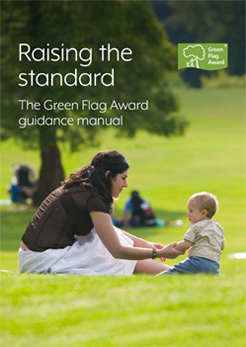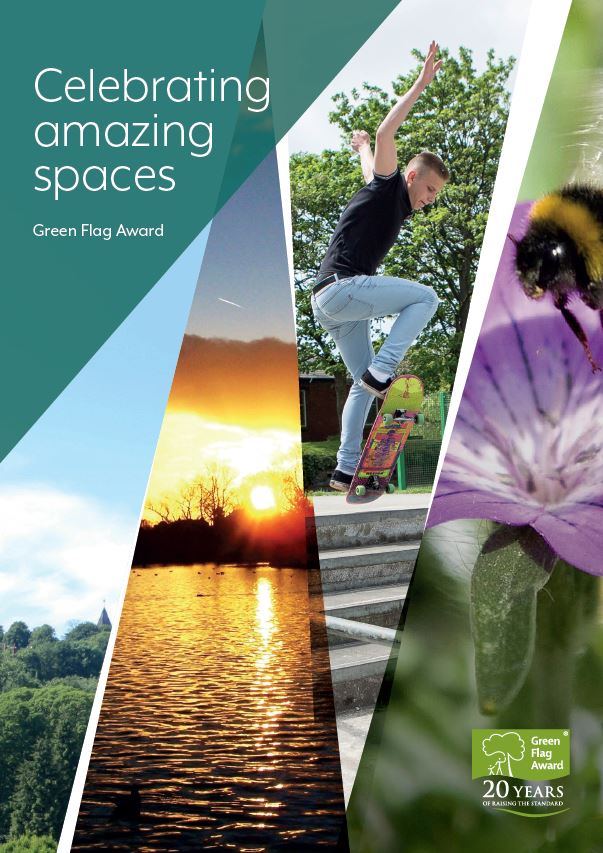Urban forestry and urban greening in drylands
Urban forestry and urban greening in drylands Improving resilience, health, and wellbeing of urban communities
CITATION: FAO. 2022. Urban forestry and urban greening in drylands - Improving resilience, health, and wellbeing of urban
communities. A background document for the Green Urban Oases Programme. Rome. https://doi.org/10.4060/cc2065en
More than half the people on the planet currently live in cities. The urbanization rate is growing fast, especially in the global South, where 95 percent of the urban growth projected from now up to 2050 is expected to occur. Driven by a blend of natural demographic expansion and rural-urban migration – partly due to climate change and the consequent reduction in food production and livelihood opportunities – this inexorable process of urbanization is exacting a particularly heavy toll on drylands. Already some of the world’s most vulnerable ‘populations, i.e. people living in drylands, face particularly daunting challenges as a result of this trend.
Home to about 2 billion people, 90 percent of them in developing countries, drylands host just 1 percent of the world’s built-up land, but have 35 percent of its largest cities and are home to 27 percent of the world’s forests. Scarce rainfall and water supplies compound the negative impacts of rapid urbanization on drylands, leading to overexploitation of limited resources, increased land degradation and greater fragility for urban communities. This is particularly true in hot drylands, where high temperatures and projected temperature increases will more significantly affect evapotranspiration.
This document was produced in the framework of the Green Urban Oases Programme, which was launched by the Food and Agriculture Organization of the United Nations (FAO) in 2020 and whose overall objective is to transform dryland cities into ‘green urban oases’ by strengthening their overall resilience to climatic, health, food and economic crises for the improved health and well-being of urban communities.
The first part of the document offers an overview of the environmental, social and economic benefits that urban forests and trees have been proved to provide in arid cities. The second part focuses on challenges related to the planning, design and management of urban forests and urban green spaces in dry climates, providing numerous examples of how many cities have overcome these obstacles. For some subject areas, in was not possible to identify relevant case studies from drylands, so examples from cities in other climatic zones have been used to illustrate the points made in the text.
Food and Agriculture Organization of the United Nations (FAO)
The Food and Agriculture Organization (FAO) is a specialized agency of the United Nations that leads international efforts to defeat hunger.
Our goal is to achieve food security for all and make sure that people have regular access to enough high-quality food to lead active, healthy lives. With 195 members - 194 countries and the European Union, FAO works in over 130 countries worldwide.
For more information visit: https://www.fao.org/home/en/
Author: Food and Agriculture Organization of the United Nations (FAO)
Estimated Read Time: Long Read
Website: https://www.fao.org/home/en/











